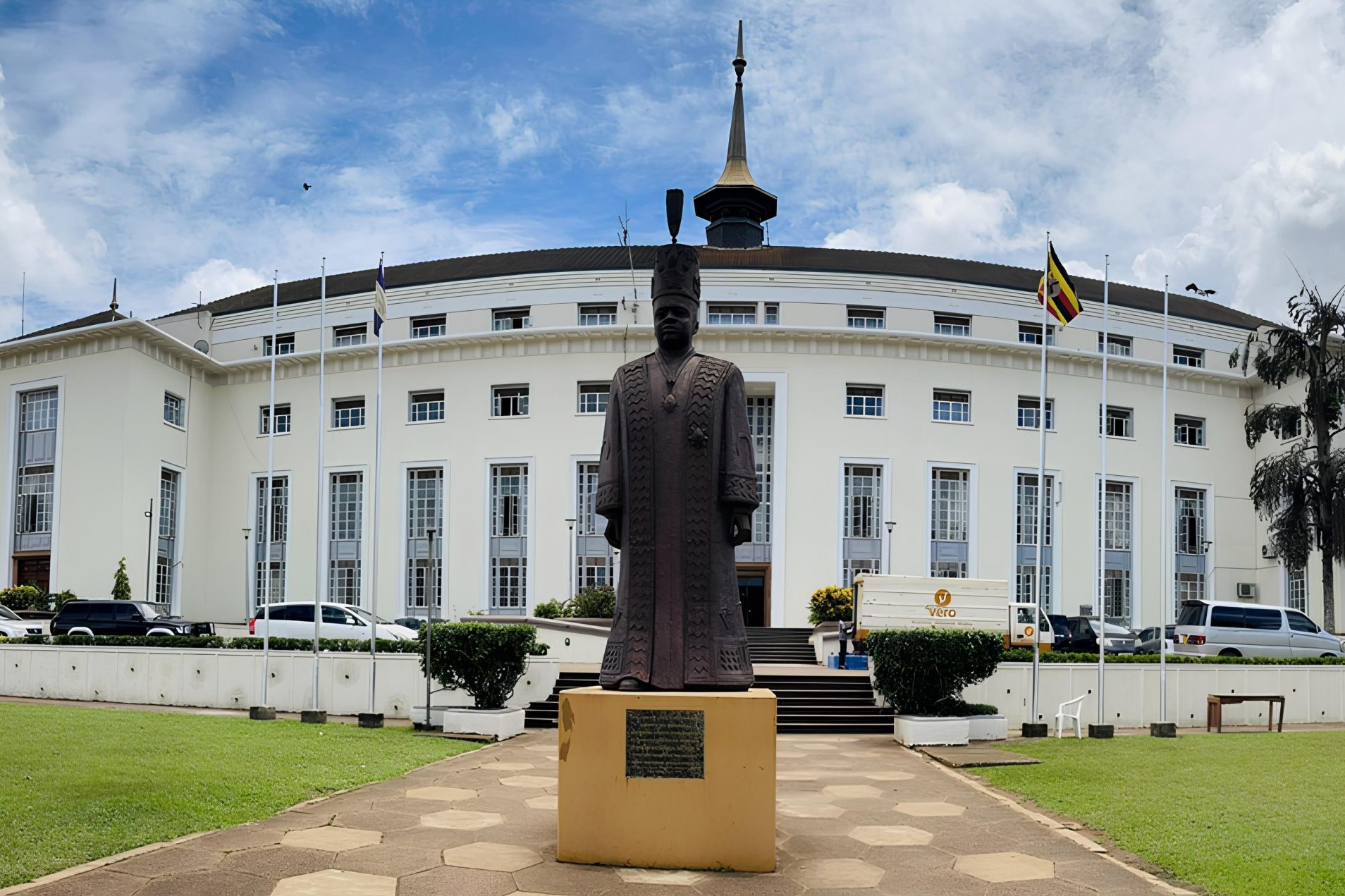Unveiling the Heart of Heritage in Uganda: Kabaka’s Palace
Kabaka’s Palace | Lubiri – Mengo. Situated in Kampala is a centerpiece of Ugandan history and culture, standing to attest to the rich heritage that Uganda has had for many centuries; this is the Kabaka’s Palace, more commonly known as Twekobe. This great edifice is what Ugandan monarchy is-a museum of the living in Uganda, carrying an echo of past rulers and their traditions, much like Muteesa II would have been to his fallen premiership. The Kabaka’s Palace necessitates deeper information regarding its historical context, architectural characteristics, and social relevance to Ugandans.
A Glimpse into History.
History and the Kabaka’s Palace combine in the Buganda Kingdom, one of the oldest and most influential monarchies in East Africa; Buganda, with its capital at Mengo, consists of a monarchy with a history traceable to several centuries, and the Kabaka is its traditional ruler. The palace was traditionally his official residence, also holding an administrative center, similar to a royal court.
Starting with its roots in the 13th century when the Buganda Kingdom was first established, the place has undergone numerous transformations and reconstructions throughout the years, each one adding more and more cultural importance to the palace; It has seen many Kabakas rule, with each one leaving a mark on it and in the history of the kingdom.
Architectural Marvels.
The Kabaka’s Palace is a representation of architectural work, borrowing from the traditional Buganda and modern influences. The main building, which is normally called Lubiri, features intricate woodwork with thatched roofs, painted in colors that evoke the cultural representations of the kingdom. Outside the palace compound, there are thick plantations around the complex, exuding an atmosphere of calmness and grandeur.
Perhaps the most striking feature in the palace is the Kabaka’s throne room, where all the important ceremonies and congregations take place. The throne itself is symbolic of authority and tradition, with symbolic carvings and decorations portraying the heritage of the kingdom.
Along with the major palace, there are several buildings serving different purposes-separate residences for members of the royal family, administrative offices, ceremonial halls; Each building has been designed in a manner that it fits into the general architectural theme and at the same time meets its specific requirements within the palace complex.
Cultural Significance.
The palace is much more than a historic monument, living proof of culture and tradition passed down from Buganda. Generations of practices have been done with the well-preserved and treasured walls. From royal ceremonies to flamboyant cultural displays, the palace indeed serves as the main exhibit for Buganda’s rich heritage.
It also doubles as a center for community involvement and education, with various activities aimed at fostering cultural awareness, arts, and skills that plunge the visitor into colorful Buganda tradition; The guided tours take the visitor through the history of the kingdom, its governance, and its social structures and bring its legacy to life.
Preserving the Legacy.
What the Government of Uganda is trying to do by all means is conserve this palace complex for restoration and see it that future generations appreciate and enjoy it, especially now that modernity and development engulf Uganda in all ways.
Various tourism initiatives at the palace attract both local and international visitors who come from far and wide to see the charm and understand in depth the rich cultural heritage that Uganda possesses. This boosts the economy of the locals and retains the legacies of the kingdom.
Conclusion: – Kabaka’s Palace | Lubiri – Mengo.
The Kabaka’s Palace stands across time as a symbol of the ever-reliving history, culture, and tradition of Uganda. The architectural structure, so embossed with centuries-older heritage, is fresh, enchanting, and an inspiration to all who visit. This keeper of Buganda heritage, the palace connects past and present as it admonishes us about our cultural heritage, which we always need to preserve for generations onward.












